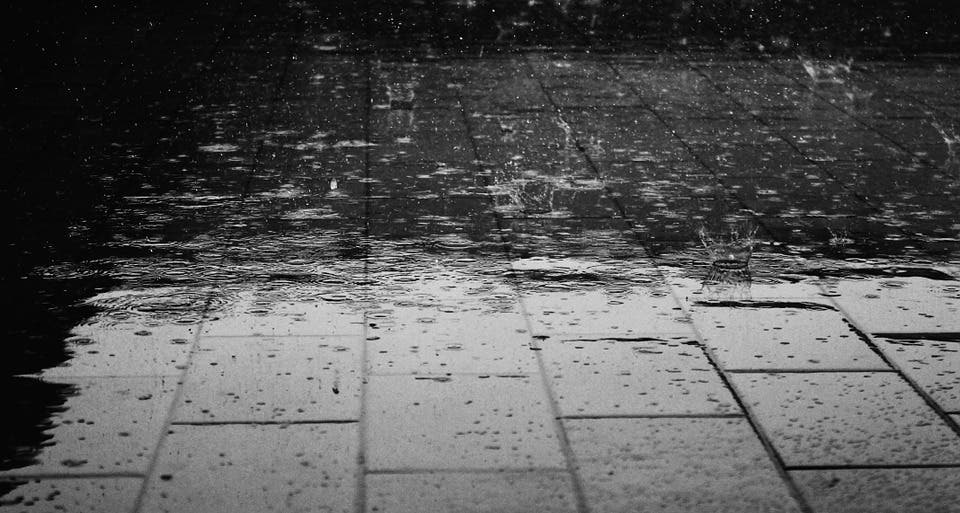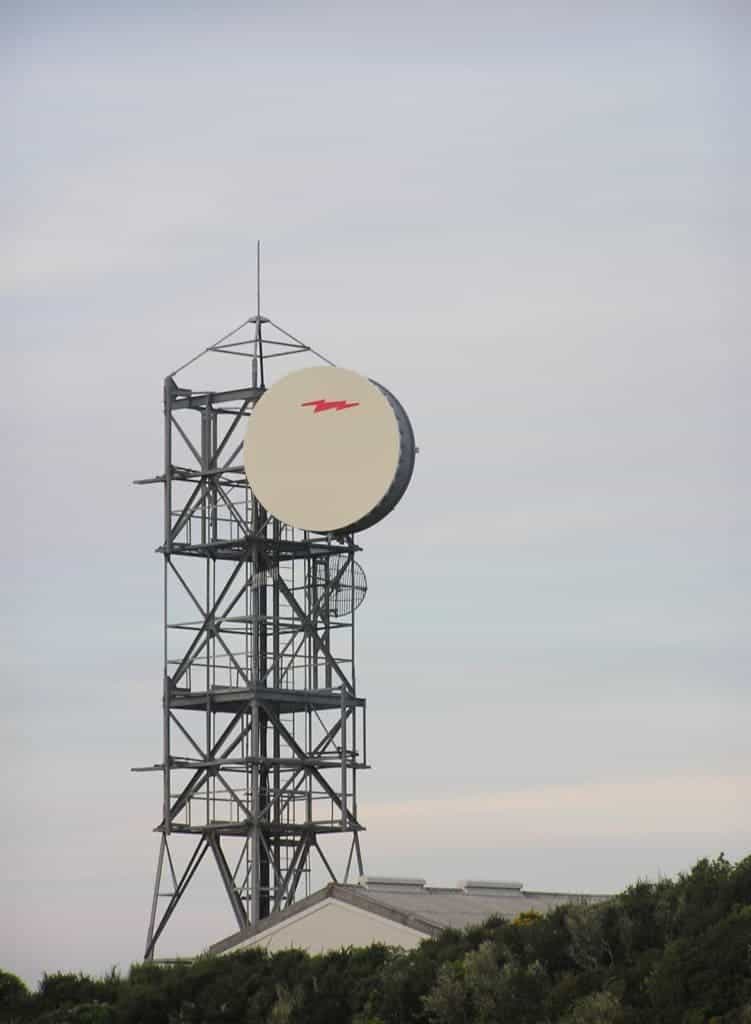Have you ever dressed in shorts because of a weather forecast, only to have rain pour down on you? Chances are you are not alone. Knowing about the weather is useful on a personal scale and knowing about rainfall is important to predict storms and flooding in particular areas. However, current weather forecasts are limited to larger areas, like regions and cities, and rely on expensive radar technology. A new method is being developed in which you can see exactly which streets and neighborhoods are receiving rain. It is very inexpensive to use because it harnesses cellphone signals. Right now, it’s starting to be used to develop a more localized and precise weather forecast.

The essence of how cellphone signals work is that two points (that can be up a few kilometers apart) exchange information in the form of electromagnetic signals. When a high-frequency wave passes through rain, some signal intensity is lost. The reason that it is lost is that the rain absorbs and scatters the waves. Analyzing the way that the signal is absorbed can give enough information to estimate even the size and number of raindrops. This information improves rainfall estimates and even weather forecasts. In cities, in particular, many people use cell phones so the links of microwave communication are very dense. This is a large advantage because rain can be mapped with high accuracy and on a street-level.
Applications
There are many practical applications that come with this new sensing method. One application here is that this information can be used to optimize how sewage systems are managed when it rains. Another is that it can help create precise flood warnings. The data could be integrated into forecasting models and lead to more accurate weather and storm predictions.
It is very inexpensive to use because it uses an already existing system, the microwaves emitted by cellphones. In particular, this service could let developing countries without radars have accurate weather information. For example, in Africa, they rarely have ground-based radar and rain-gauge networks because they are too expensive. Now they can soon have a system that works as well as radar-systems but with a much lower price tag.

Taking it to the next level
The research has been done to show that this sensing method works. The proof of concept has been tested at a country and city-scale. In 2012, it was used to see how rain falls over time in the Netherlands. Over 2,400 links were established throughout the country and information could be collected about rain as it was falling.
On a city-level, the Swedish Meteorological and Hydrological Institute has used it in the city of Gothenburg to give a minute-by-minute rainfall estimate in the city.
Now this weather sensing system is being taken to the business level. ClimaCell launched on April 2nd and is using these microwave signals to make more accurate short-term forecasts. For example, you could find out what the weather will be like on your street or where you work, three hours ahead of time. They want to get that forecast up to six hours in the next six months. Additionally, the Royal Netherlands Meteorological Institute in De Bilt is trying to get €5 million (US$5.3 million) from the European Commission to set up a rain-monitoring system with microwaves that can be implemented in Europe and Africa. Pretty soon, we could be getting more precise weather forecasts!






